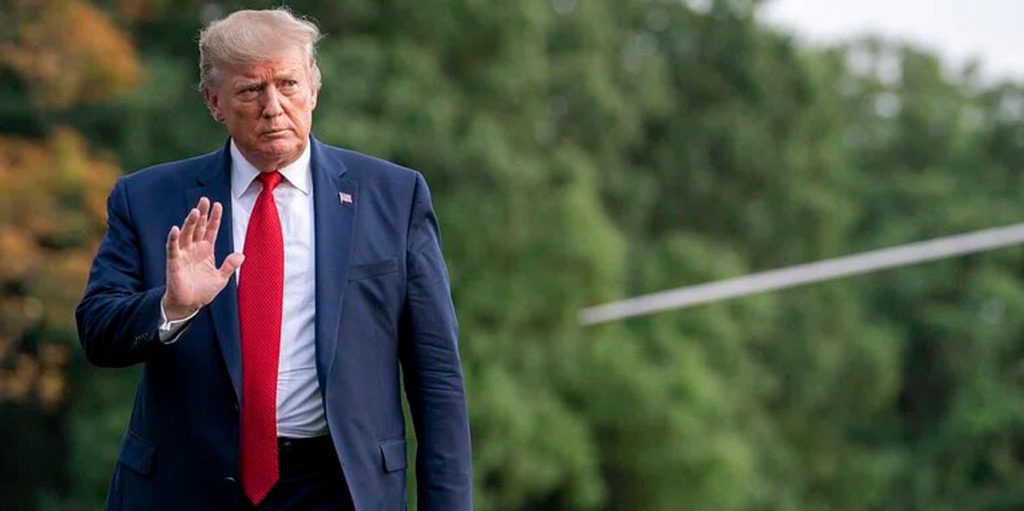As tariff regulations evolve with increasing speed, procurement leaders are moving beyond manual tracking methods to keep pace. A new wave of AI tools is offering real-time visibility into tariff exposure, supplier impacts, and sourcing risks, without relying on ERP reports or delayed analysis. From manufacturing to retail, these technologies are helping teams respond with greater precision.
Tariff Disruption Meets AI Precision
Procurement leaders are facing a sharper challenge with every shift in trade policy. From abrupt tariff hikes to classification changes, staying on top of the financial and operational fallout has become an increasingly complex and urgent task. The traditional reliance on ERP data dumps or after-the-fact spreadsheets no longer cuts it when leadership needs answers now.
To keep up, several technology providers are introducing AI-powered tools that give procurement teams a clear, real-time view of how tariffs are affecting their business. These tools offer something traditional systems rarely could – the ability to respond instantly.
Avanade, a joint venture between Microsoft and Accenture, has launched a platform called Tariff Navigator that aims to simplify tariff management. Using conversational AI, the system lets procurement professionals ask direct questions, like which items are most affected or whether supplier pricing has changed, and get clear answers in seconds.
Unveiled at the North American Manufacturing Excellence Summit in April, Avanade demonstrated how a user could check tariff impacts, update product classifications, and assess supplier exposure, all without digging through ERP systems or requesting custom reports from IT. The tool can also generate automated reports, helping teams evaluate alternative sourcing or reroute shipments based on real-time tariff risks.
Faster Forecasting, Smarter Sourcing
Avanade isn’t the only company targeting procurement pain points. Enterra Solutions, which supports global CPG companies including Nestlé and General Mills, has launched the Dynamic Enterprise Resiliency System. The platform aims to help companies not only respond to tariff impacts but predict them. By drawing on global economic signals and past patterns, the system offers AI-generated recommendations with claimed 91% accuracy—giving leaders a head start on supplier negotiations and sourcing alternatives.
“Legacy systems were built for a time when big economic changes happened every few years,” said Enterra CEO Stephen DeAngelis said in an official statement. “Now they happen every few weeks.” For procurement heads tasked with safeguarding margins and continuity, that pace demands a new level of adaptability.
Retailers, too, are seeing value. The retail intelligence platform Edited recently launched a publicly available tariff tracker that shows how tariffs are influencing pricing, assortment strategies, and promotions in real time. With data pulled from more than 5 billion SKUs across 5,000 global retailers, Edited’s system helps procurement and merchandising teams course-correct early, before higher landed costs cascade into margin erosion or inventory imbalances.
AI Brings Clarity to Tariff Volatility
The emergence of AI tools focused on tariff tracking marks a practical shift in procurement strategy. Rather than reacting to cost changes after the fact, these platforms enable teams to act with immediacy and clarity. Importantly, they don’t just add another dashboard, they replace outdated workflows that slowed response times when agility mattered most. While no tool can eliminate geopolitical uncertainty, they can significantly reduce the fog around it.



